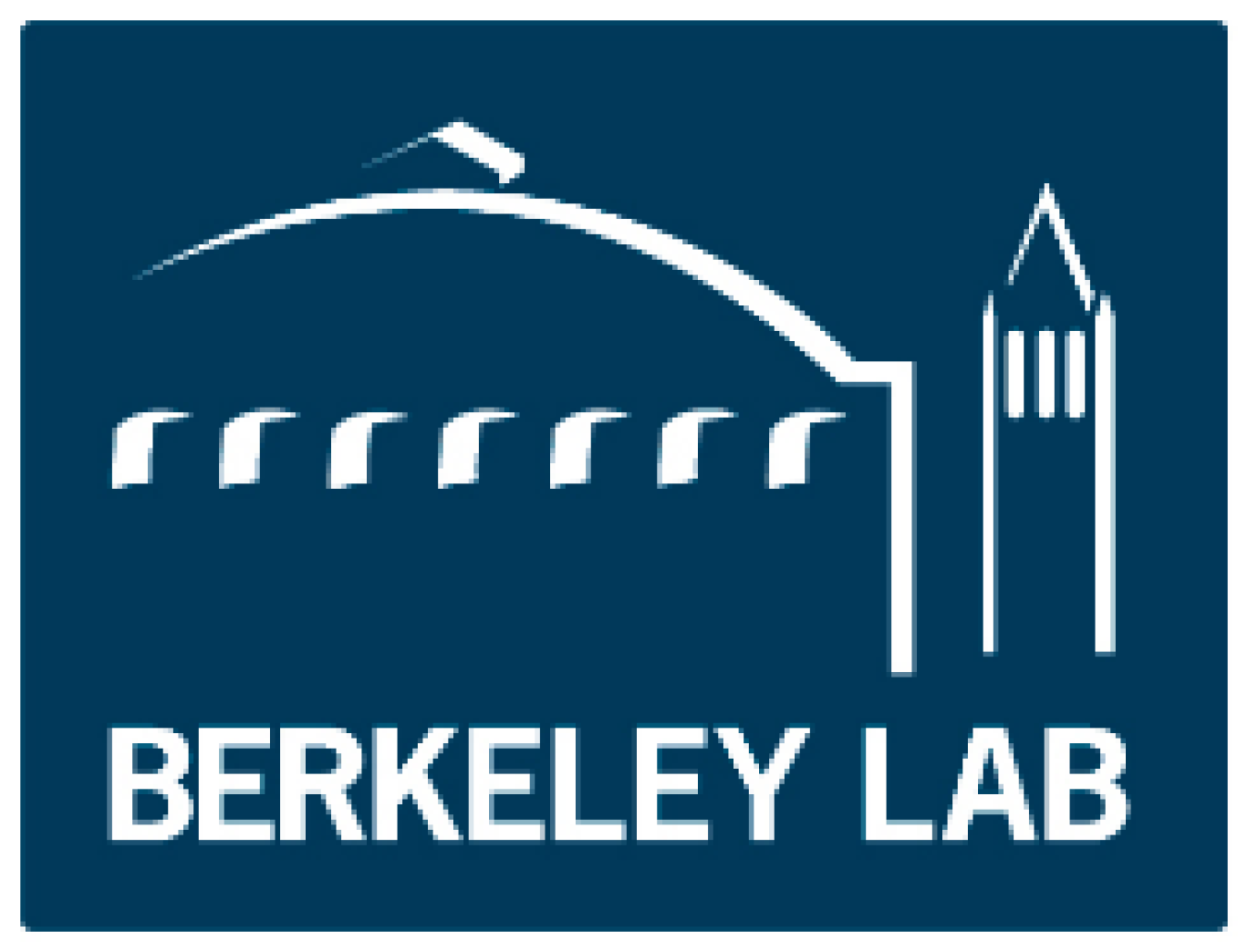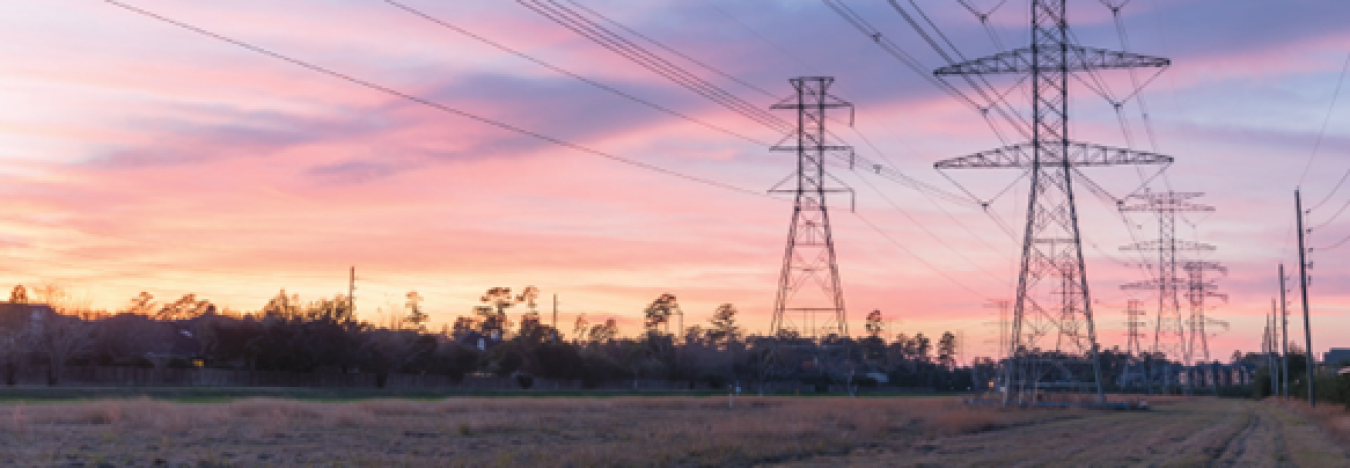News
Visualize Your Energy Future with SLOPE: Sustainable Transportation Data Now Available
The State and Local Planning for Energy (SLOPE) Platform integrates and delivers data on energy efficiency, renewable energy, and sustainable transportation into an easy-to-access online platform to enable data-driven state and local energy planning. New transportation data added to SLOPE includes current and projected vehicle registration by fuel type, vehicle fuel and electricity consumption, and vehicle miles traveled for personal vehicles, available at the state and county level.
SLOPE can now help answer questions such as:
- How might electric vehicle adoption change my community’s electricity demand over time?
- Is the amount of travel via personal vehicles expected to decrease by 2050 for residents in my state?
- How might the number of battery electric, conventional gasoline, hybrid gasoline, and plug-in hybrid personal vehicles change in the future?
SLOPE is a collaboration between nine U.S. Department of Energy (DOE) Office of Energy Efficiency and Renewable Energy (EERE) offices and the National Renewable Energy Laboratory to support state and local action in building a 100% clean energy economy. Access SLOPE.
New Energy Efficiency Capabilities Added to REopt Lite Tool
DOE’s free online tool, Renewable Energy Integration & Optimization Model (REopt) Lite, now features a new slider functionality that models electricity consumption reductions achieved through energy efficiency, allowing the user to model distributed generation and storage investments that are appropriately sized for a specific site, and thus more affordable. This update is in addition to the recent inclusion of combined heat and power, carbon emissions, and thermal storage modeling.
Learn more about the REopt Lite Tool.
Two New Resources to Address Energy Savings Opportunities in Small- and Medium-Sized Public Facilities
Facilities of less than 50,000 square feet account for 84% of all state and local government buildings, and 80% of all state and local buildings are more than 20 years old. Two new DOE resources offer best practices and strategies to inform public-sector decision makers with achieving energy savings in these facilities, including:
- "Energy Savings Performance Contracting for Small Projects Primer"—Energy Savings Performance Contracting (ESPC) is a budget-neutral approach to make building improvements that reduce energy and water use and increase operational efficiency. ESPC can help public-sector planners use tomorrow’s energy savings to fund today’s facility and infrastructure upgrades. This new resource highlights strategies and case studies for implementing ESPC in smaller towns, rural counties, and small school districts to complete energy upgrades and maximize energy and cost savings. Download the ESPC resource.
- "Achieving Energy Savings in Small- and Medium-Sized Public Facilities: A Strategic Approach to Prioritizing and Financing"—This resource can help state, local government, and K–12 school staff managing small- and medium-sized facilities to strategically prioritize and finance energy-saving projects. This resource addresses the unique challenges of smaller energy-saving projects by providing tools for obtaining the information to prioritize the high-potential projects, an overview of financing options to match jurisdiction needs, and additional resources. Download the resource.
Request for Proposals: Solar Energy Innovation Network
On May 4, 2021, U.S. Energy Secretary Jennifer Granholm announced a request for proposals for the Solar Energy Innovation Network. The Innovation Network supports multi-stakeholder teams that use real-world data to research and share ways to reduce barriers to solar energy adoption. In this round of technical assistance, the topics are:
- Elevating Equity in Residential Solar Deployment.
- Elevating Equity in Commercial-Scale Solar Deployment.
Teams' solutions will help create local jobs, decrease the percentage of household income spent on energy costs, and/or support local businesses in underserved communities and should be replicable across the country. Teams should be composed of multiple stakeholders with a range of expertise and capabilities, such as state and local governments, community-based organizations, electric utilities, companies, nonprofits, and universities.
To learn more, register for the webinar held on May 20, 2021, at 1 p.m. ET, and apply by June 15, 2021, at 6 p.m. ET.
In addition, tune in May 18, 2021, at 1 p.m. ET for an informational webinar on SETO’s $10 million funding opportunity to manage its SolSmart national designation program and help underserved communities go solar. Register for the May 18 webinar today.
New Study Reviews Progress Toward a Carbon-Free Power Sector

A new DOE study authored by Lawrence Berkeley National Laboratory analyzes historical trends to examine progress toward power-sector carbon emissions reductions. The study, “Halfway to Zero: Progress towards a Carbon-Free Power Sector,” uses projections from the 2005 Annual Energy Outlook, produced by the Energy Information Administration, and compares projections to real data from 2020.
The study finds direct power-sector CO2 emissions in 2020 were roughly 50% below projections made in 2005. By this metric, based on where the U.S. was projected to be 15 years ago, the country’s power sector is halfway to zero carbon emissions. Additionally, according to the study, relative to projected values, total consumer electricity costs were 18% lower; costs to human health and the climate were 92% and 52% lower, respectively; and the number of jobs in electricity generation was 29% higher.
According to the Clean Energy States Alliance, 17 states plus Washington, D.C. and Puerto Rico have adopted laws or executive orders to achieve 100% clean energy by 2050.
DOE Releases Updated State Energy Risk Profiles to Support Energy Security Planning and Resiliency

DOE’s Office of Cybersecurity, Energy Security, and Emergency Response published a series of State and Regional Energy Risk Profiles, developed in collaboration with Argonne National Lab, to support state energy security planning. The updated and streamlined profiles examine the causes, frequency, and history of energy disruptions for the 50 U.S. states and the District of Columbia. The regional profiles provide a multi-state view and were restructured to align with the 10 regions defined by the Federal Emergency Management Agency.
The profiles include state energy facts, an overview of hazards and economic property loss, and key energy infrastructure trends and impacts across the electric, petroleum, and natural gas sectors. They enable states to better prepare for any potential energy infrastructure risks or disruptions. View the State and Regional Energy Risk Profiles.
DOE Announces New Offshore Wind Target in Partnership with Departments of Interior, Commerce
DOE, U.S. Department of the Interior, and U.S. Department of Commerce recently announced a national goal to deploy 30 gigawatts of offshore wind by 2030, which would support 45,000 jobs, generate enough electricity to power over 10 million American homes, and avoid 78 million metric tons of carbon dioxide emissions. This goal builds on President Biden’s Executive Order to address the climate crisis and create American jobs by accelerating the deployment of renewable energy on public lands and waters, including through swift interagency action to advance offshore wind.
Read the DOE Press Release and the White House fact sheet.
Virtual Events
Secretary Granholm to Give Opening Remarks at the 2021 Better Buildings Summit: Virtual Leadership Symposium
May 17–20, 2021
DOE Secretary Jennifer Granholm will be giving the opening remarks at the Better Buildings, Better Plants Summit, which will be held virtually from May 17–20, 2021, and is free to attend. This annual event features plenaries, sector meetups, interactive workshops, special events, and engaging and informative sessions. Come engage with experts on a variety of topics, including technology validation, workforce development, energy burden, carbon reduction, financing, and resilience within communities and critical facilities. View the full detailed schedule and session descriptions to plan ahead, and stay tuned for more information about speakers and special events.
Public-sector focused sessions include:
- Addressing Energy Burden in Low-Income Communities (Wednesday, May 19)
- Pathways to Community-Wide Energy Resilience (Thursday, May 20)
- Teamwork Makes the Dream Work: Successful Collaboration for Implementing Carbon Reduction Goals (Tuesday, May 18)
- Commercial PACE Toolkit: New Resources to Propel Your C-PACE Program (Tuesday, May 18)
- Local Government Sector Meet-Up (Monday, May 17)
- K–12 Sector Meet-Up (Monday, May 17).
Other sessions and workshops of interest to the public sector include:
- Leading the Way to a Diverse and Qualified Workforce (Thursday, May 20)
- Pathways to Zero: Designing Impactful Carbon Reduction Targets (Thursday, May 20)
- Renewables and Energy Storage: Why Now Is the Time (Wednesday, May 19)
- When Progress Flows: Water Reduction, Reuse, and Creative Solutions (Wednesday, May 19).
Learn more and register for the Better Buildings, Better Plants Virtual Summit.
Algae Technology Educational Consortium Webinar
May 20, 3–4 p.m. ET
The Bioenergy Technologies Office (BETO) will be hosting a webinar May 20, 2021, on the Algae Technology Educational Consortium (ATEC). The webinar will cover multiple training opportunities that exist within the consortium, including the Algae Massive Open Online Courses—which features five free courses taken by over 17,000 students so far—and certification programs developed in partnership with higher-education institutions.
Register for the ATEC webinar.
Becoming ESPC-Ready: Energy Savings Performance Contracting Foundational Training
June 15, 3–4 p.m. ET
As part of the DOE and National Association of State Energy Officials (NASEO) Return-to-Work Initiative, NASEO and the Energy Services Coalition are offering Foundations of Energy Savings Performance Contracting (ESPC) training. Adapted for a one-hour webinar, the training is ideal for state and local governments, and other stakeholders from universities, K–12 schools, and hospitals looking to understand the basics of ESPC. The training covers how state and local governments can facilitate investments, and how facility managers can begin the process of enhancing their facility’s energy performance with ESPC. Join the webinar for this valuable training opportunity to become ESPC-ready.
Infrastructure Investments in the News
Bill Creating State Building Energy Efficiency Program Passes in West Virginia Legislature: The West Virginia Office of Energy used DOE’s State Energy Program competitive funding to spearhead several key initiatives aimed at reducing the state’s energy consumption and creating a benchmarking framework, through WV HB 2667. The net benefit to the state from the measures established by the bill is estimated to be a 9-to-1 return on investment, according to the West Virginia's Department of Commerce.
Montgomery County, Maryland, Public Schools to Become the Largest Operator of Electric School Buses in the United States: The Montgomery County Board of Education, Maryland, recently approved a budget-neutral contract that will introduce over 300 electric vehicles to its school bus fleet. The school board overcame the obstacle of high upfront costs for the technology transition by leveraging a lease financing model and by working out a plan to charge the buses in the evenings when electricity prices are lower and selling un-used electricity when electricity prices are higher.
Solar Grant Allows Summit Advocates of Colorado to Reallocate Utility Funds to Legal Assistance: A recent grant awarded to Summit Advocates for Victims of Assault by the state of Colorado’s Energy Office allowed the organization to install new solar panels on its facilities, which will allow for an estimated 20% of their utility budget to be placed back into their general fund. Other cost-saving improvements to Summit Advocate’s facilities have already been made thanks to Northwest Colorado Council of Governments, which works with DOE’s Weatherization Assistance Program to perform energy audits, provide insulation, and install new lighting.


